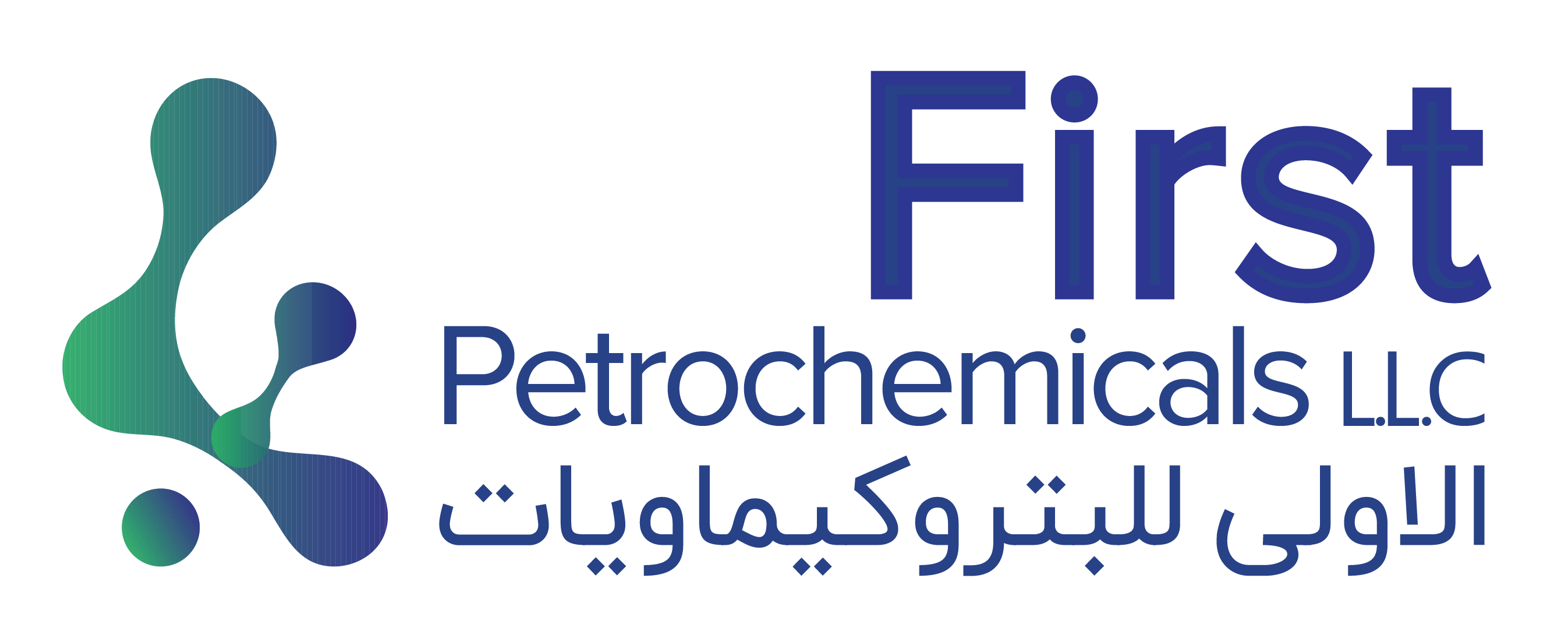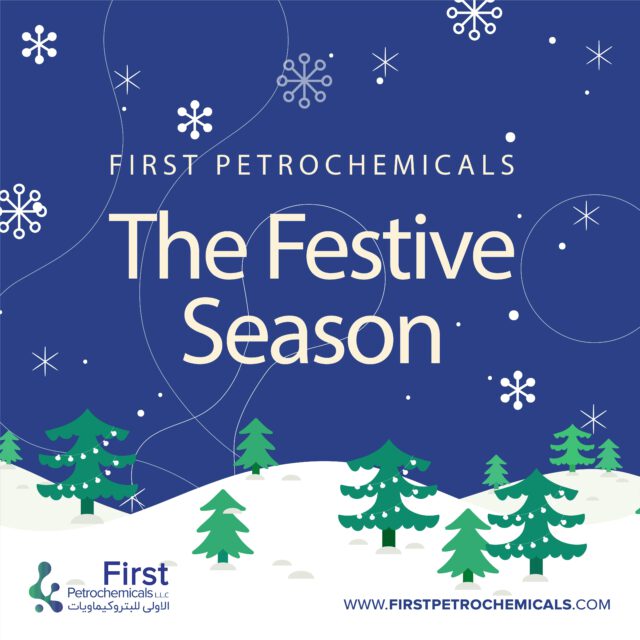A mutual solvent is soluble in either oil or water. For this reason, it is very effective in sandstone acidizing, in which it is important to keep all solids water-wet. Mutual solvents are either EGMBE or other modified glycol ethers. They improve the solubility of corrosion inhibitors in the spent acid in the formation and compatibility of inhibitors with emulsion preventers and other additives. The most important property is to reduce the adsorption of corrosion inhibitors on residual clay particles in the formation and to help maintain water-wetting for maximum oil/gas flow after acidizing. A mutual solvent also reduces residual water saturation (spent acid) following a treatment. Gas wells clean up better by keeping surfactants in solution rather than adsorbing on sand and clay too near the wellbore.
APPLICATION METHOD
- Oil acid treatment, to press 3 – 5% (V) added to the treatment solution or after washing fluid, together you can squeeze into the ground.
- Wells, acid treatment, to press 3 – 5% (V) added to the pretreatment solution, together you can squeeze into the ground.



